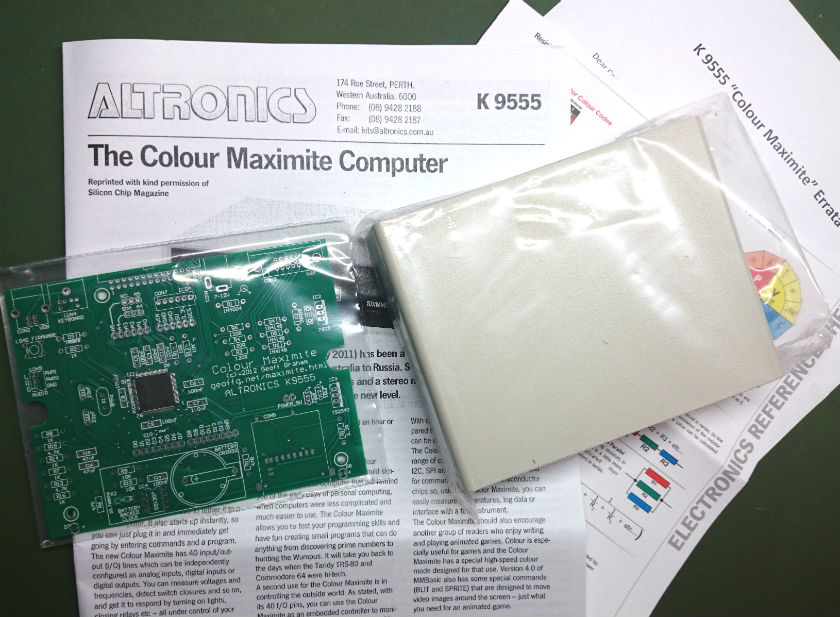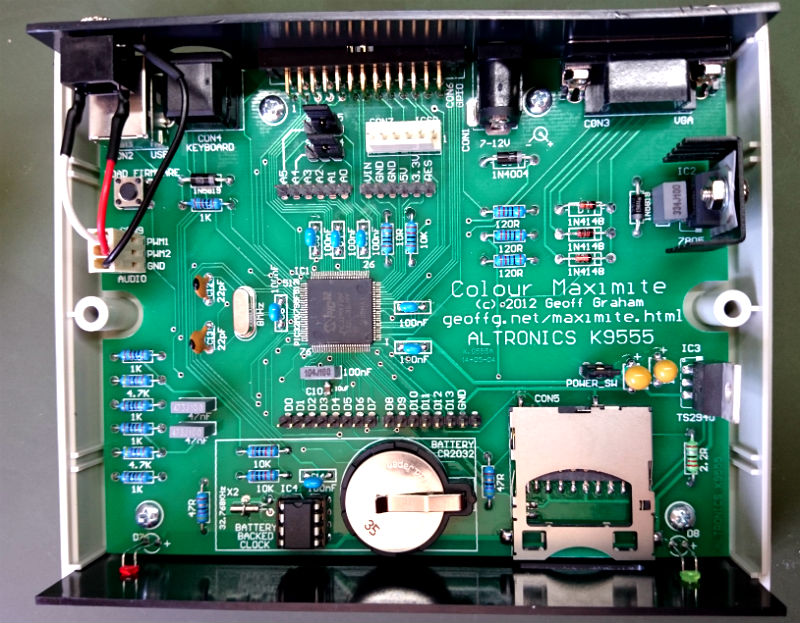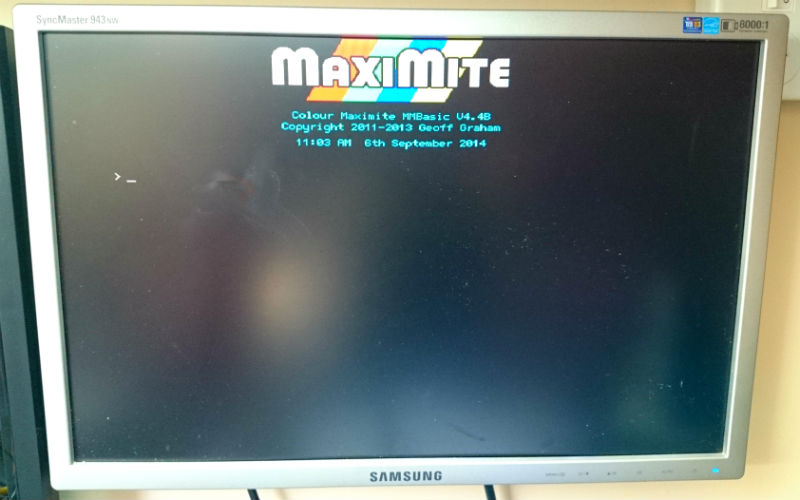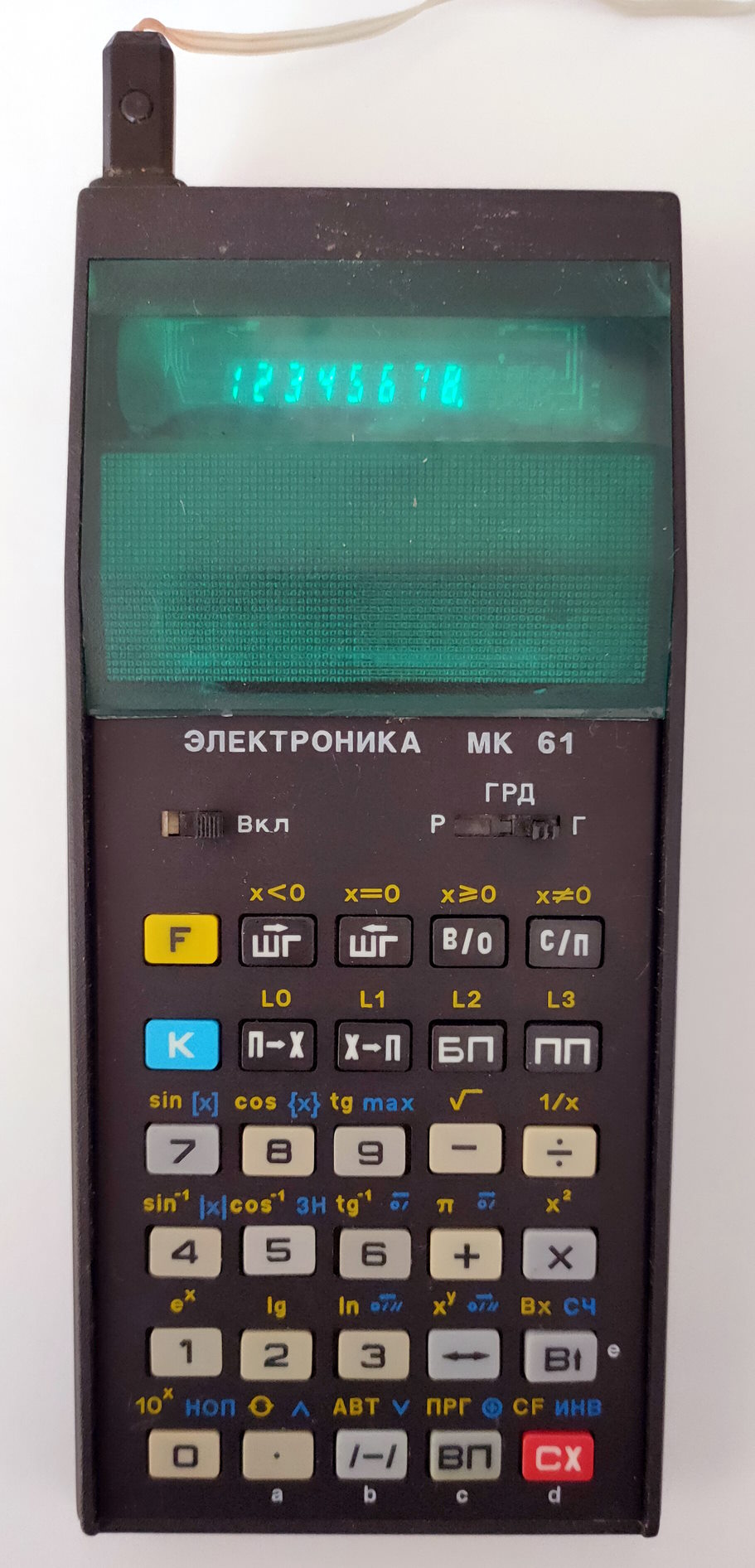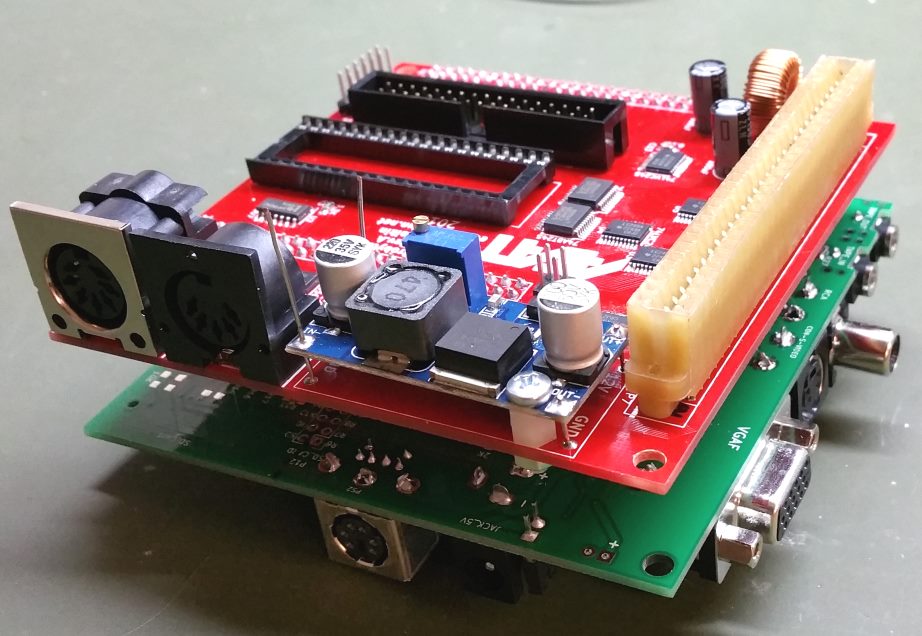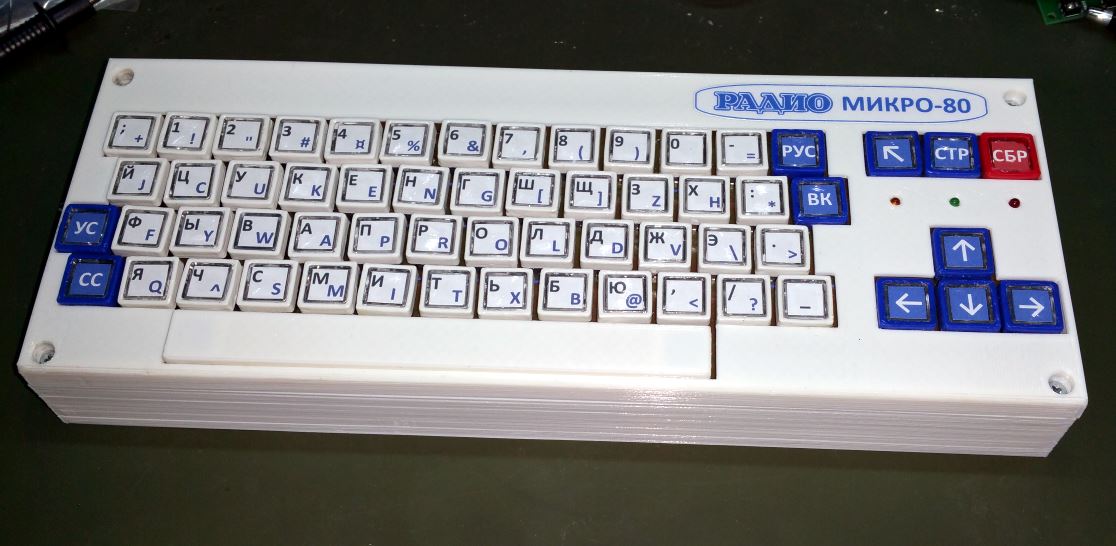“Maximite” computer
Not so long ago, I found out about an exciting computer under the name of Maximite. It is built on the microprocessor PIC, which performs all the main functions of this computer. This small device was made in 2011 and became popular enough that some games and programs were now made for it, including a retro computer emulator. The primary programming language is Basic. More information on its characteristics can be found at: http://geoffg.net/MaximiteFeatures.html.
Here are most of them:
- 128K RAM
- VGA port with eight colours and a resolution of 480х432
- Connection with any PS2 keyboard
- Audio Port
- USB port for connection to PC and firmware updating
- Support for SD/MMC/SDHC cards with file systems FAT16 and FAT32 with a capacity of up to 64 GB
- 20 ports allocated for connectors at the back; 10 of them are with ADC
- Additional 20 ports, compatible with an Arduino, are located on the board and allow to connect Arduino shields.
- Support for the following exchange protocols: I2C, serial (RS232 and RS485 after the installation of additional chipsets), SPI, 1-Wire and CAN.
- Two PWR outputs
I found it very interesting to order a kit and make one. Different variations of it exist, and their prices begin from $30. I found the full kit that can produce a colour image and includes a case.This (including delivery) was a little less than $100. This is what the kit looked like when I received it:
A PIC chip was already soldered onto the board, which is not too easy to soldier for a beginner. I looked upon this kit as a weekend project. It will only take a few hours to assemble this computer since there are not too many elements, and their soldering is accessible to even a beginning electronics enthusiast:
With the correct assembly, this computer does not require tuning and should work instantly:
From a practical point of view, I think this computer does not provide much interest, since all its functions can be performed with other devices at a smaller price. However, it is invaluable as a very interesting hobby-project. I got a lot of satisfaction from the assembly of this computer and the ability to program on it. This caused nostalgic feelings from those times when computers did not have a graphical interface and object-oriented programming.
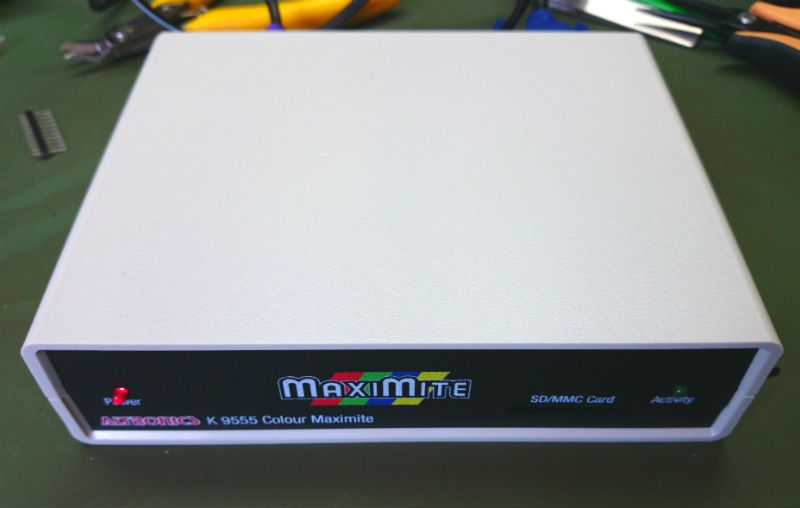 I also plan to return to this computer in one of the following posts with some examples of its programming. Until next time!
I also plan to return to this computer in one of the following posts with some examples of its programming. Until next time!
